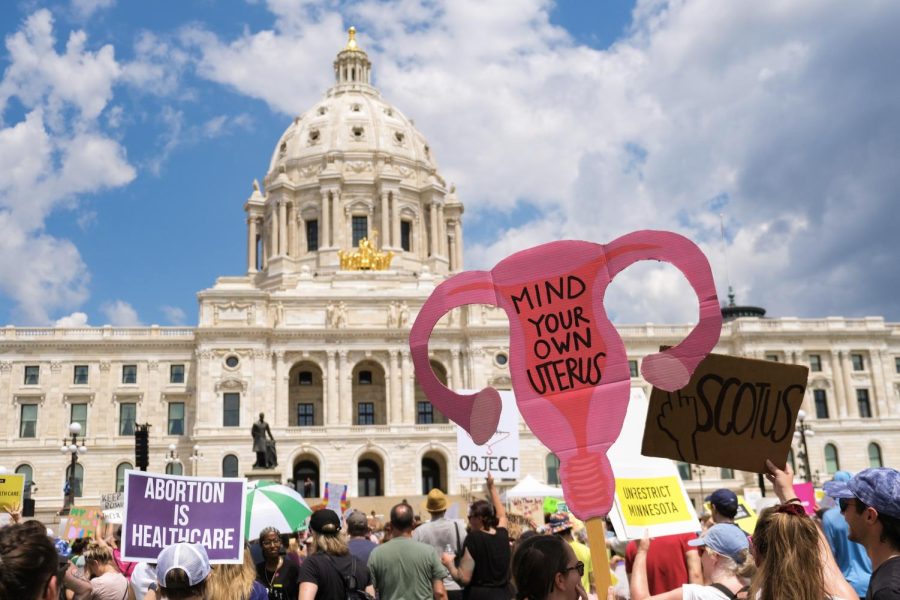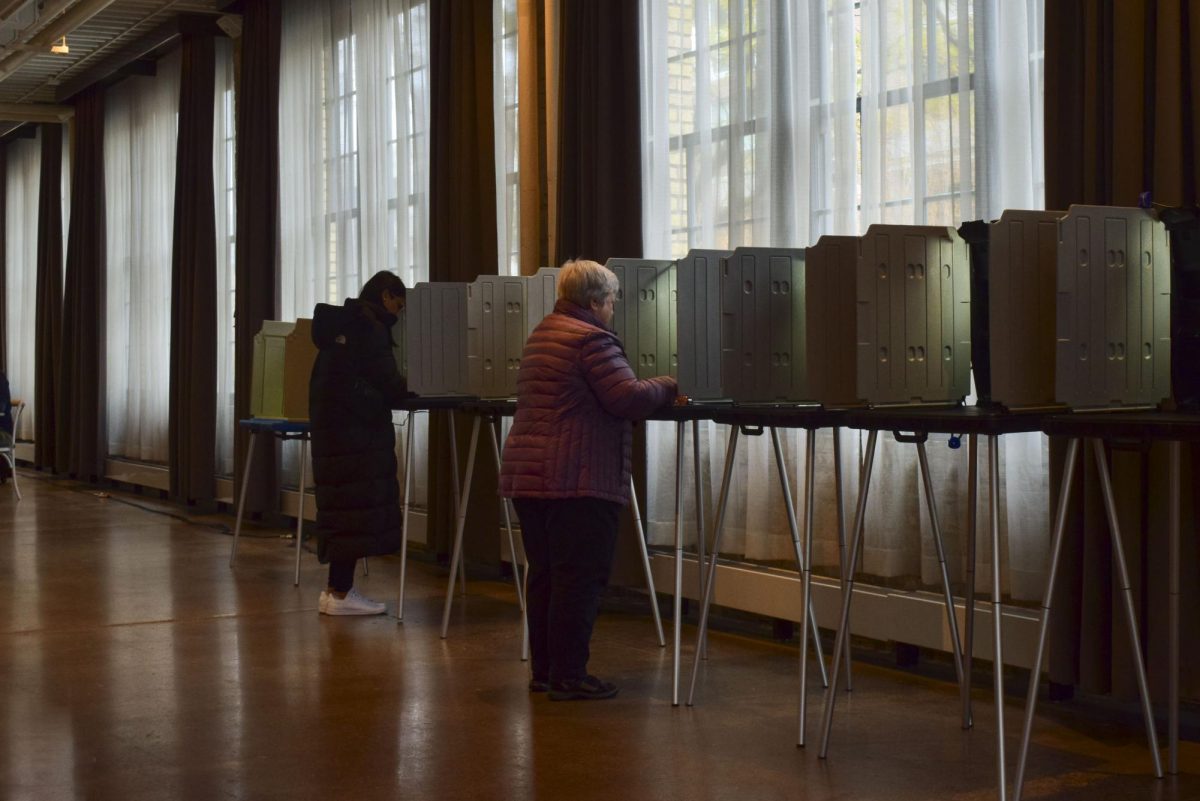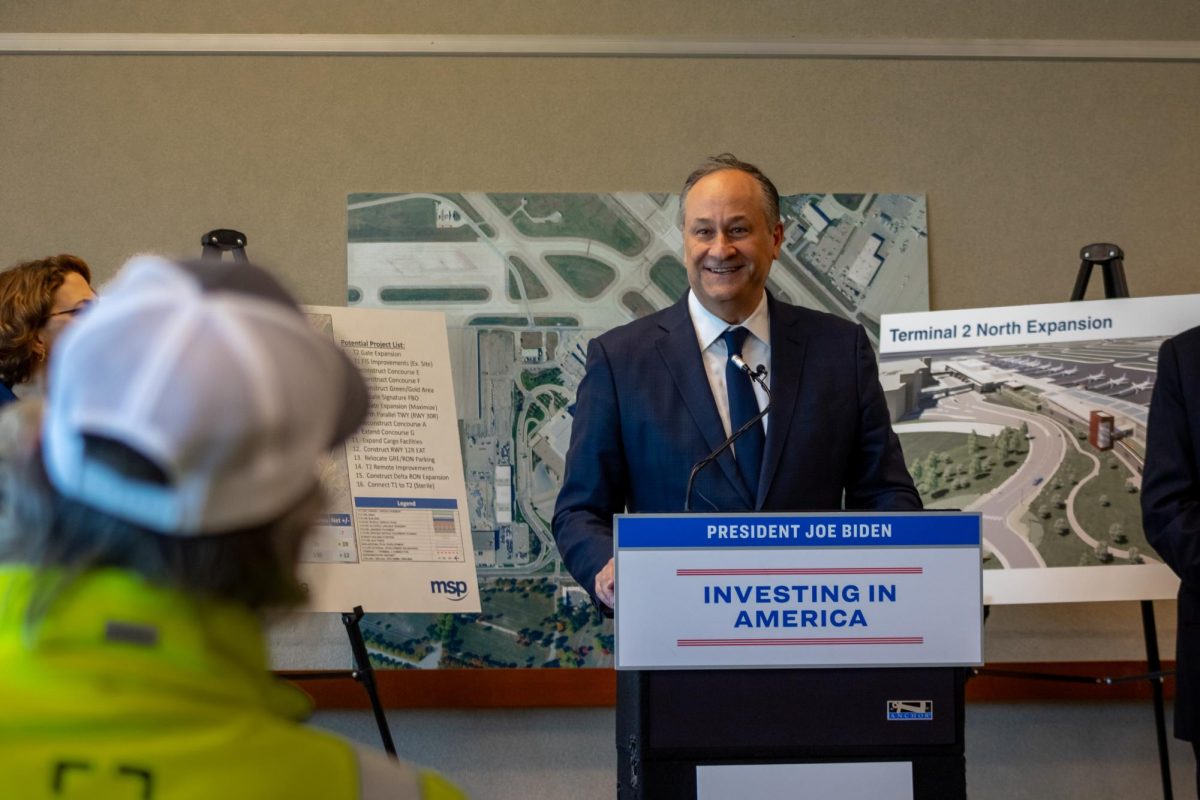Inside Prospect ParkâÄôs ZLB Plasma Services, Tammy Doerneman, 26, of Minneapolis, reads a newspaper as she waits to donate her plasma. SheâÄôs been waiting for four hours. Visiting the center twice a week, Doerneman earns $70 for donating her plasma. Any little bit of money can help, she said, considering she is currently unemployed. âÄúI use the money for extra spending money, cigs, gas and daycare,âÄù Doerneman said. âÄúRight now I am looking for jobs. I have my CNA [Certified Nursing Assistant] license, and I still canâÄôt find a job.âÄù As the economy declines and the unemployment rate rises, plasma centers in the Twin Cities area have seen the number of plasma donors dramatically increase. St. PaulâÄôs Aventis Bio- Services Supervisor Elizabeth Trandem said two months ago the business had roughly 400 to 500 people come through its doors each day. âÄúNow, with extended hours, weâÄôve grown to nearly 600 people per day,âÄù Trandem said. Christine Kuhinka , manager of corporate communications for ZLB Plasma Services in King of Prussia, Penn., said the plasma industry has seen an increase in the number of donations nationally. âÄúThe industry has been opening new centers, allowing more opportunities to donate plasma,âÄù Kuhinka said. In 2007, there were 17.3 million donations, she said, which was a 24 percent increase from the 12.4 million donations in 2006. âÄúNinety percent of donors are repeat donors because they recognize the value they are making to society, such as saving lives,âÄù Kuhinka said. The manager of the ZLB in Prospect Park declined to comment, deferring to Kuhinka. Depending on how much the donor weighs, donors can earn anywhere from $25 to $35 for donating both their plasma and time. Current U.S. Food and Drug Administration regulations stated the maximum frequency of donation is once in two days and no more than two times in a seven day period. Kuhinka said plasma is used for products that treat patients suffering from life-threatening conditions, including hemophilia, shock or trauma, immune deficiencies and other blood disorders. âÄúWithout plasma, people with hemophilia can die,âÄù Kuhinka said. âÄúPeople with severe burns who enter emergency rooms in shock could also die. Plasma is a very important product.âÄù According to the Department of Employment and Economic Development , the number of unemployed in Minnesota as of January is 248,795, with an unemployment rate of 8.5 percent. Eugne Barry , 41, an employee for a health insurance company in Minneapolis, said he started donating plasma at ZLB last year to supplement his job income. âÄúYou canâÄôt buy as much because of inflation,âÄù he said. âÄúPrices are going up and wages are staying the same.âÄù Boynton Health Service Medical Director Deborah Sandberg said if someone is considering becoming a plasma donor, they should look at the reputation of the place that they are going to. âÄúMost of them will have a website that will describe frequency; thereâÄôs a medical screening prior to donation and each centerâÄôs rules and regulations are a little bit different within a fairly similar framework,âÄù Sandberg said. Sandberg said a student turning to donating plasma is a personal choice. âÄúPlasma donors are often compensated for their time and I know that money is an issue for a lot of students,âÄù Sandberg said. Advertising junior Donovan Carter said he has considered donating plasma because of a lack of hours at work. âÄúI was thinking of going to [ZLB] but it seemed too sketchy so I didnâÄôt,âÄù Carter said.
More donating plasma in struggling economy
Plasma centers have seen a growing number of donors locally.
Published March 3, 2009
0
More to Discover







